Dog Smile | Dog smile meme | Dog smile creepypasta | Dog smile emoji | Smile Dog real picture | Smile Dog true story | Smile Dog original photo | Does a Dog Smile mean happiness? | What does a dog smile look like?
The internet is flooded with images and videos of dogs with wide, toothy grins. These “dog smiles” can be heartwarming, hilarious, or even unsettling. But what do these expressions truly mean? Are dogs smiling like humans do, expressing happiness? This comprehensive blog post dives into the world of dog smiles, exploring their meaning, the rise of dog smile memes and creepypasta, and how to interpret your furry friend’s facial expressions.
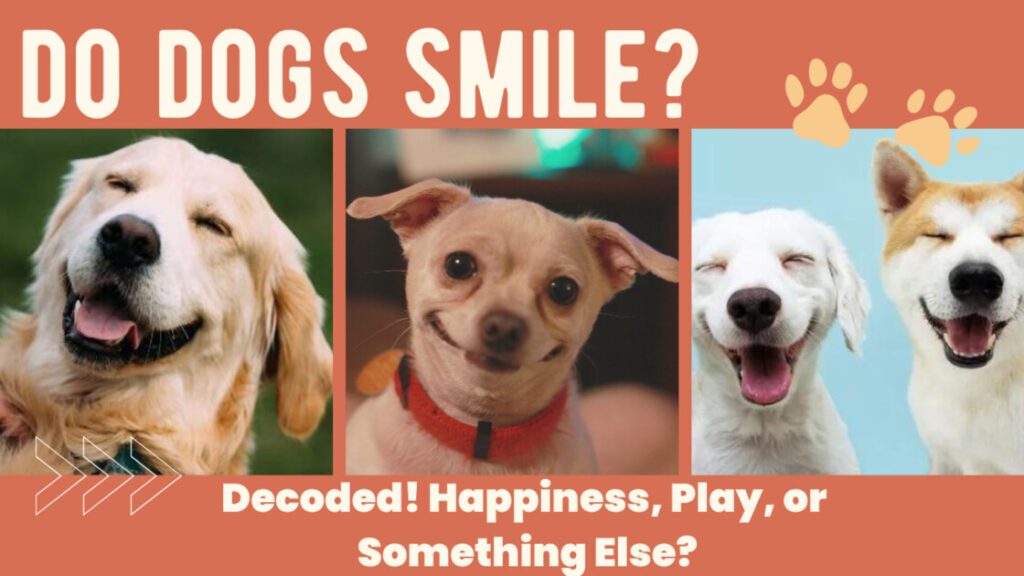
Table of Contents
Do Dogs Smile Like Humans?
While a dog’s wide grin might resemble a human smile, the underlying cause differs. Dogs lack the complex facial muscles humans possess for genuine smiles. Here’s a breakdown of what a dog’s “smile” might actually mean:
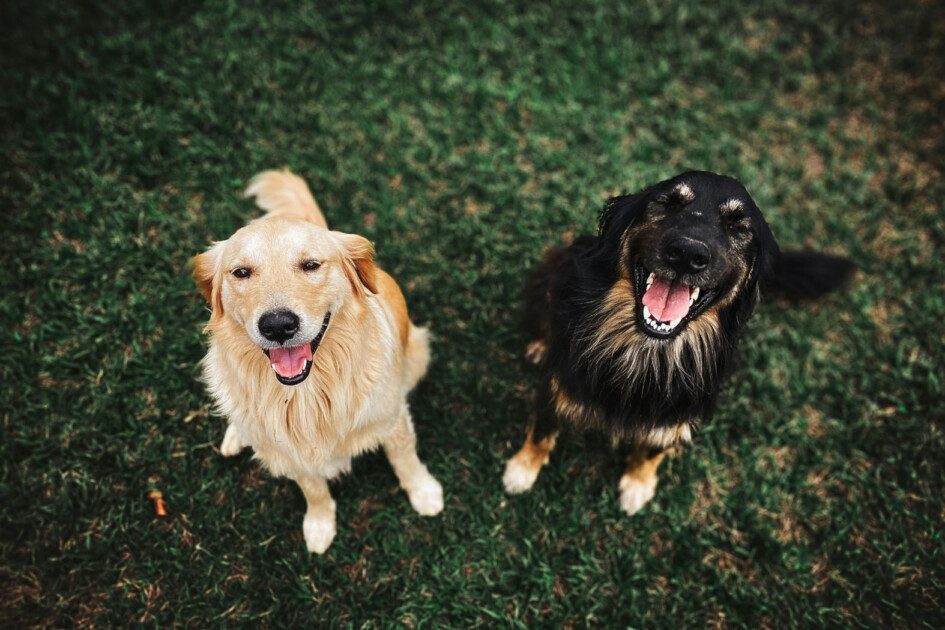
- Playfulness: A wide grin accompanied by relaxed ears, a wagging tail, and a bowed posture often indicates a playful mood. It’s an invitation to interact and have fun.
- Submission: A submissive grin involves a lowered head, flattened ears, and exposed teeth. This appeasing gesture shows respect and avoids confrontation.
- Panting: Dogs cool down by panting, which can sometimes lead to a wide-mouthed appearance misinterpreted as a smile.
- Alertness: In some cases, a wide grin can indicate alertness or excitement, especially when paired with perked ears and focused eyes.
- Discomfort or Pain: While less common, a forced grin coupled with tense muscles, flattened ears, and whale eye (showing whites of the eyes) might signal discomfort or pain.
Understanding Dog Body Language:
A dog’s smile should be interpreted within the context of its overall body language. Consider these additional cues:
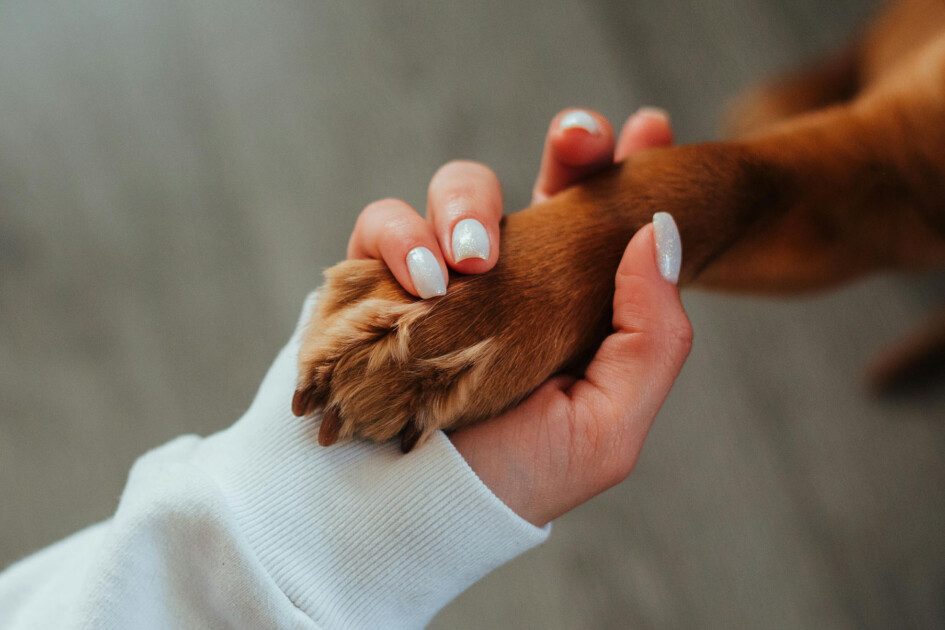
- Tail Wag: A wagging tail usually signifies happiness and playfulness. However, a slow wag or a tail held low can indicate nervousness or fear.
- Ear Position: Perked ears often suggest alertness or interest, while flattened ears can signal submission or fear.
- Eye Contact: Direct eye contact can be a sign of dominance or challenge in some situations. However, relaxed eye contact can indicate trust and affection.
The Rise of the Dog Smile Meme:
The internet has embraced the dog smile, turning it into a popular meme format. These images often feature a dog with a wide grin paired with humorous captions, relatable situations, or social commentary. The relatability and lightheartedness of these memes have contributed to their widespread appeal.
Dog Smile Creepypasta: Fact or Fiction?
The internet also harbors a darker side to the dog smile phenomenon – the “Smile Dog” creepypasta. This online horror story originated in the early 2000s and features a disturbing image of a dog with an unnaturally wide grin. The story claims the image is cursed and brings misfortune to those who see it. While the story is purely fictional, it highlights the unsettling effect a manipulated dog smile can have in certain contexts.
The Dog Smile Shop Clover: A Legacy of Dog Appreciation
Separate from the memes and creepypasta, the Dog Smile Shop Clover holds a more heartwarming significance. This small business, founded in 1946, features a dog with a wide grin as its logo. The shop’s enduring popularity and commitment to quality products demonstrate the positive associations a dog’s smile can evoke.
Dog Smile Emojis and the Power of Digital Communication
The digital age has introduced dog smile emojis as a way to convey happiness, playfulness, or amusement in online communication. These emojis bridge the gap between text-based communication and expressing emotions visually.
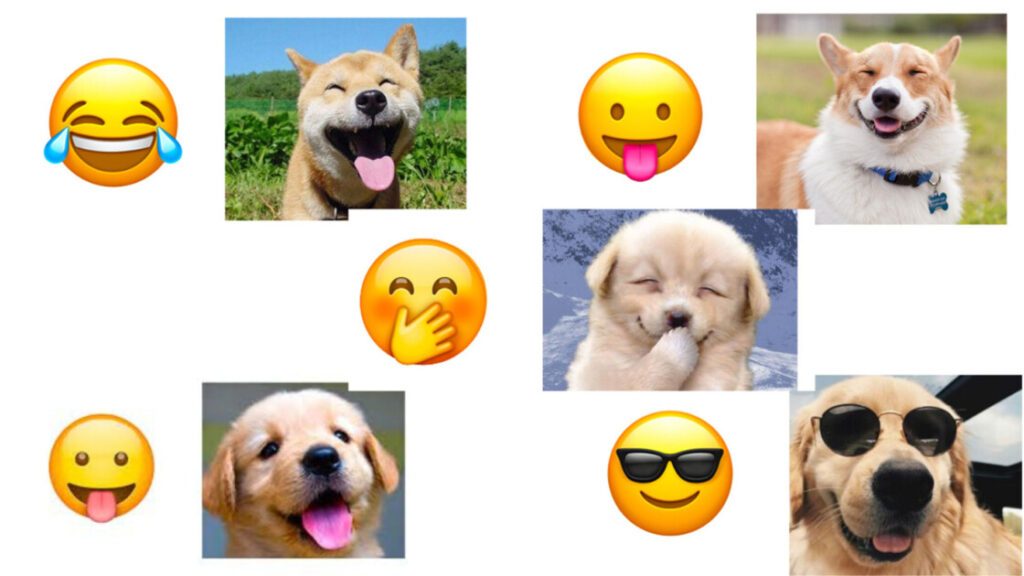
Looking for a “Smile Dog” Real Picture? Examining Authenticity
Unfortunately, due to the limitations of dog anatomy, a genuine, human-like smile from a dog is a near impossibility. Many online images labeled as “real smile dog pictures” are likely manipulated or feature dogs displaying submissive grins or panting.
Does a Dog Smile Mean Happiness? The Verdict
While not a direct equivalent to a human smile, a dog’s wide grin can often indicate happiness and playfulness, especially when accompanied by other positive body language cues. Remember, context is key!
What Does a Dog Smile Look Like? A Visual Guide
This section can include a series of images showcasing different types of dog grins and the corresponding body language signals. Include captions explaining the possible meanings behind each expression.
Understanding Your Dog’s Unique Smile
The best way to understand your dog’s smile is to observe their behavior and body language in various situations. Over time, you’ll develop an intuitive understanding of what their grins signify. Pay attention to:
- Triggers: What situations or interactions prompt your dog to “smile”?
- Body Language: What other physical cues accompany
Beyond the Grin: Exploring the Nuances of Dog Communication
While dog smiles can be a helpful indicator of mood, they’re just one piece of the puzzle. Here’s a deeper dive into deciphering your dog’s communication:
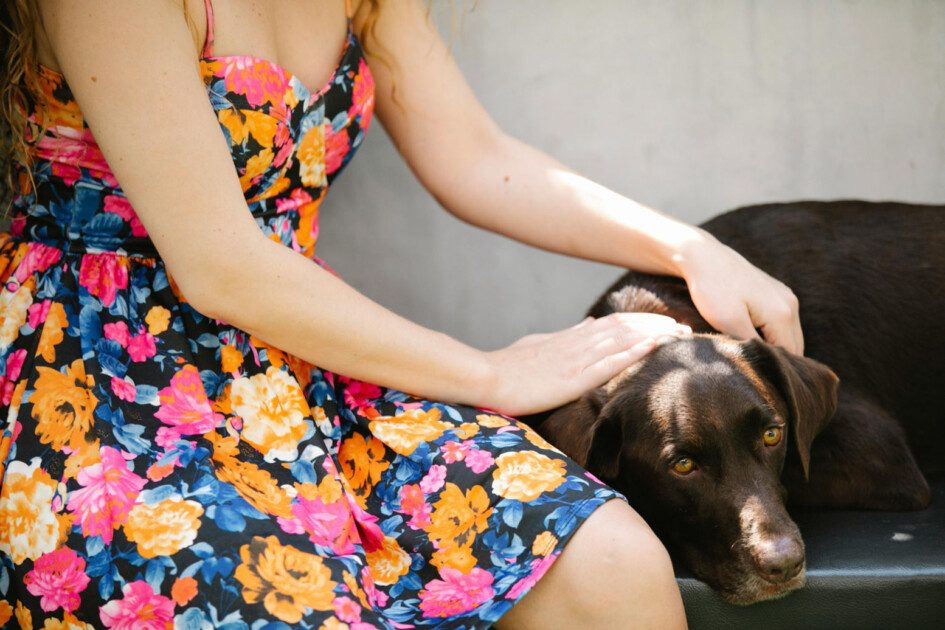
- Vocalizations: Whines, barks, growls, and yelps all convey different messages. Learn to distinguish playful barks from warning growls.
- Eye Contact: As mentioned earlier, eye contact can have varying meanings depending on the context. A relaxed gaze signifies trust, while intense eye contact might be a sign of dominance.
- Posture: A relaxed posture with a lowered body and loose muscles indicates contentment. A tense posture with a raised body and stiff legs can signal fear or aggression.
- Tail Position: A tail held high and wagging loosely signifies happiness and excitement. A tail tucked between the legs suggests fear or submission.
- Ear Position: Perked ears show alertness and interest, while flattened ears can indicate fear or submission.
Building a Strong Bond with Your Dog
Understanding your dog’s communication is crucial for building a strong and trusting relationship. Here are some tips:

- Spend Quality Time: Regular playtime, walks, and training sessions strengthen your bond and allow you to observe their behaviour in various situations.
- Observe and Learn: Pay close attention to your dog’s body language and vocalizations. Over time, you’ll recognize patterns and understand their unique communication style.
- Positive Reinforcement Training: When you understand your dog’s communication, you can use positive reinforcement techniques to reward good behaviour and address unwanted behaviours effectively.
International Considerations: Cultural Differences in Dog Ownership
Dog ownership practices and attitudes can vary across cultures. Here are some points to consider for an international audience:
- Breeds and Popularity: Certain dog breeds might be more popular in specific regions due to cultural preferences or practicalities.
- Training Methods: Training philosophies and techniques might differ based on cultural norms. Positive reinforcement is generally recommended for a harmonious relationship.
- Legal Regulations: Leash laws, breed restrictions, and pet licensing regulations can vary significantly from country to country. Familiarize yourself with local laws before travelling with your dog.
- Also Read –
- Finding the Best Fit: A Guide to Pet Hospitals Including Banfield, BluePearl & More (International Focus)
- Top 10 Small Dog Breeds for Families: A Pet Lover’s Guide
- Secret Weapon for Pet Parents: Master Pet Supplies Plus Online!
Conclusion: More Than Just a Smile – Celebrating the Human-Canine Connection
The dog’s “smile” may not be a perfect reflection of human happiness, but it offers a valuable window into their emotional state and overall well-being. By observing their body language, vocalizations, and behavior in context, you can build a deeper understanding of your furry friend. This journey of communication fosters a stronger bond, enriching the human-canine connection.
Remember, dogs enrich our lives through their loyalty, companionship, and unconditional love. Let’s appreciate them beyond just the “smile” and celebrate the unique ways they communicate and connect with us.
Additional Resources:
- The American Kennel Club (AKC): https://www.akc.org/ (US-centric, but offers valuable resources on dog breeds, training, and behaviour)
- The Association of Professional Dog Trainers (APDT): https://apdt.com/ (Provides information on professional dog training and resources for finding a qualified trainer)
- International Council for Animal Behaviour (ICAB): https://iaabc.org/ (Promotes the study and understanding of animal behaviour across various species)
FAQ: Unveiling the Mystery Behind Dog Smile
Q: Does a dog smile mean the same thing as a human smile?
A: No, not exactly. While a dog’s wide grin might look similar, it can signify various things depending on context and body language.
Q: What are some reasons a dog might appear to smile?
A: Playfulness, submission, panting, alertness, or even discomfort can all manifest as a “smile” on a dog’s face.
Q: How can I tell what my dog’s smile means?
A: Look for clues in their overall body language – tail wag, ear position, eye contact, and posture. Consider the situation to understand the trigger for the “smile.”
Q: What other ways do dogs communicate?
A: Vocalizations (whines, barks, growls), eye contact, posture, tail position, and ear position all play a role in canine communication.
Q: How can I improve my understanding of my dog’s communication?
A: Spend quality time with your dog, observe their behavior in various situations, and learn to recognize patterns in their body language and vocalizations
Q: Are there resources available to help me learn more about dog communication?
A: The blog post provides links to resources from organizations like the American Kennel Club (AKC) and the Association of Professional Dog Trainers (APDT).
Q: What’s the deal with dog smile memes?
A: Dog smile memes are a popular internet trend using images of dogs with wide grins paired with funny captions or relatable situations.
Q: Is the “Smile Dog” creepypasta real?
A: No, the Smile Dog creepypasta is a fictional horror story featuring a disturbing image. It highlights the unsettling effect manipulated dog smiles can have.
Q: Do dog ownership practices differ around the world?
A: Yes, cultural differences can influence popular dog breeds, training methods, and legal regulations regarding pet ownership.
Q: How can I build a stronger bond with my dog?
A: Spend quality time through play, walks, and training. Observe their communication and use positive reinforcement to reward good behavior.
Q: Where can I find tips for dog training?
A: The blog post includes links to resources from reputable dog training organizations. Consider consulting a professional trainer for personalized guidance.
Does a dog smile mean happiness?
A: Not always! A dog’s grin can indicate happiness, but also playfulness, submission, or even discomfort. Watch for other body language clues to understand the true meaning.
What does a dog smile look like?
A: It’s a wide grin with exposed teeth, but relaxed ears and a wagging tail usually suggest happiness. Look for the whole picture!
Pingback: PetSmart Banfield: Comprehensive Guide to Veterinary Care at Your Convenience (International Focus) - Pet Parent Playbook